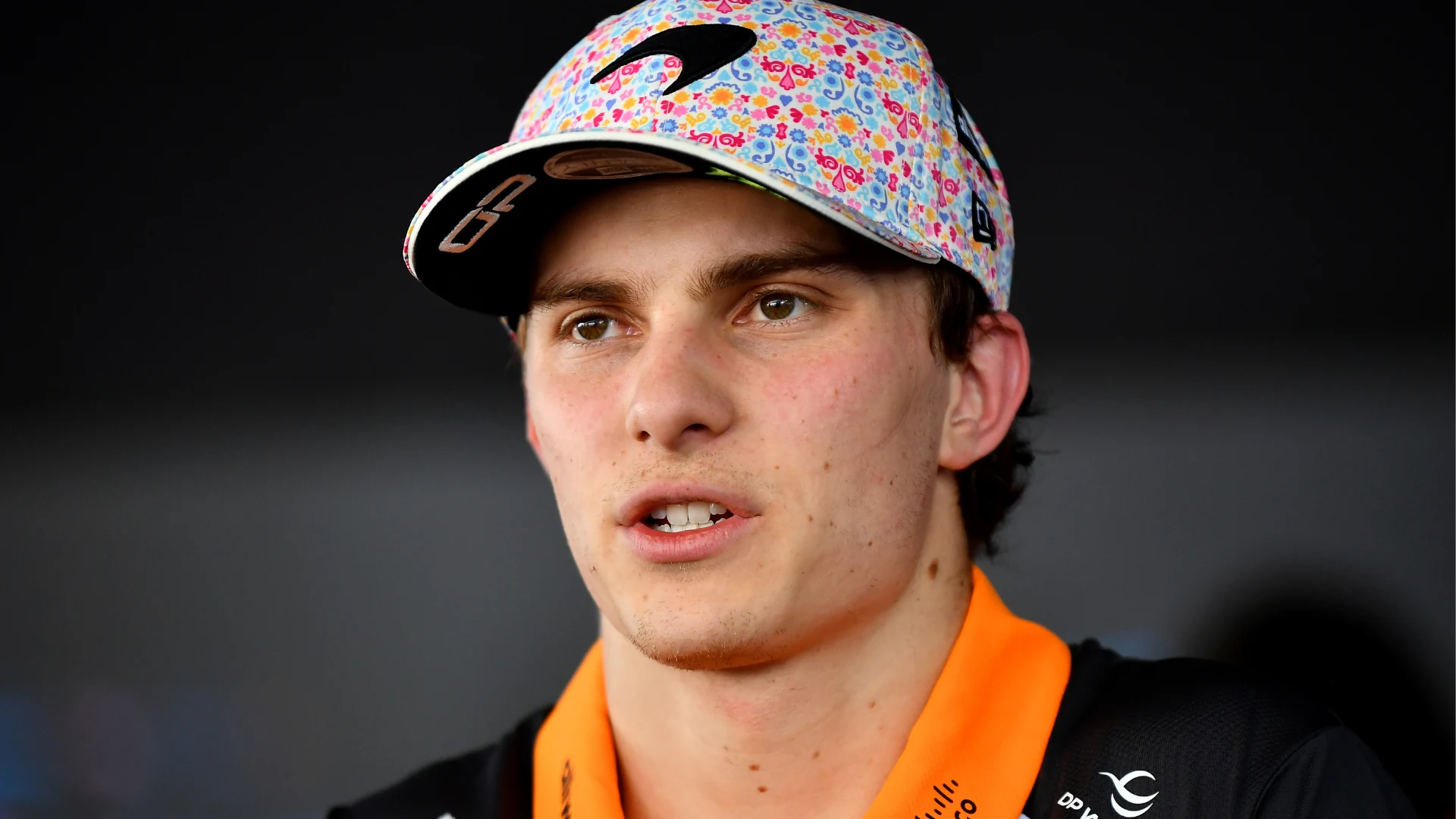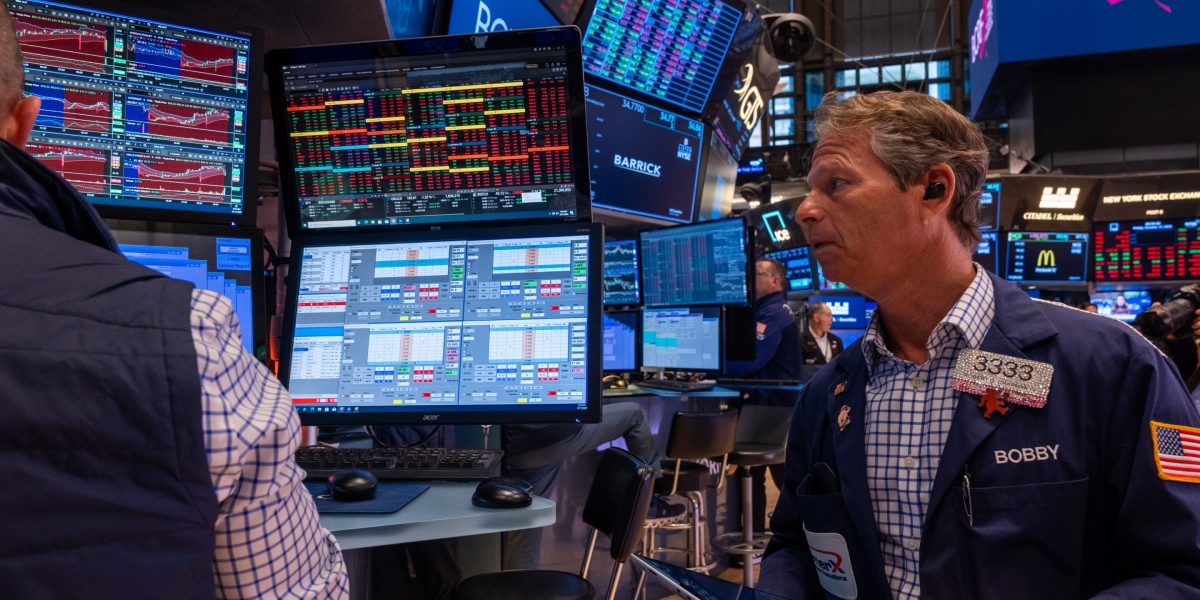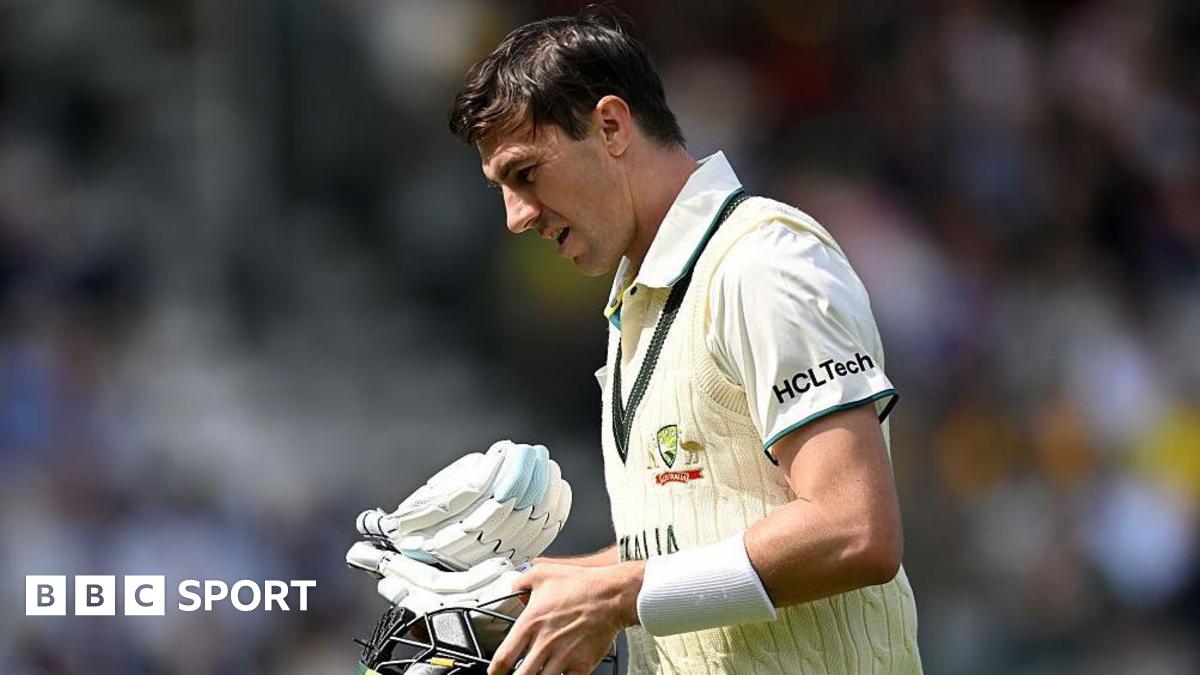Google is making its mobile-only Gemini assistant one tap away. With Chrome for iOS and Android, the AI Mode button appears front and center on the New Tab Page of your browser, enabling you to search powered by Gemini and chat without ever…
Author: admin
-

Asian Penny Stocks To Watch In October 2025
As of October 2025, Asian markets have shown resilience, with significant gains in technology-focused shares and an overall positive sentiment despite some economic challenges. For investors looking to explore opportunities beyond the major indices, penny stocks remain a compelling area of interest. Although the term “penny stocks” may seem outdated, it continues to represent smaller or newer companies that can offer unique growth potential when backed by strong financials and strategic direction.
Name
Share Price
Market Cap
Financial Health Rating
JBM (Healthcare) (SEHK:2161)
HK$2.97
HK$2.42B
★★★★★★
Lever Style (SEHK:1346)
HK$1.51
HK$933.97M
★★★★★★
Asia Medical and Agricultural Laboratory and Research Center (SET:AMARC)
THB2.88
THB1.21B
★★★★★★
TK Group (Holdings) (SEHK:2283)
HK$2.55
HK$2.12B
★★★★★★
CNMC Goldmine Holdings (Catalist:5TP)
SGD1.17
SGD474.19M
★★★★★☆
Atlantic Navigation Holdings (Singapore) (Catalist:5UL)
SGD0.095
SGD49.73M
★★★★★★
Yangzijiang Shipbuilding (Holdings) (SGX:BS6)
SGD3.47
SGD13.66B
★★★★★☆
Anton Oilfield Services Group (SEHK:3337)
HK$1.09
HK$2.94B
★★★★★★
Livestock Improvement (NZSE:LIC)
NZ$0.97
NZ$139.5M
★★★★★★
Rojana Industrial Park (SET:ROJNA)
THB4.30
THB8.69B
★★★★★☆
Click here to see the full list of 952 stocks from our Asian Penny Stocks screener.
Below we spotlight a couple of our favorites from our exclusive screener.
Simply Wall St Financial Health Rating: ★★★★★★
Overview: LifeTech Scientific Corporation is an investment holding company that develops, manufactures, and trades interventional medical devices for cardiovascular and peripheral vascular diseases globally, with a market cap of HK$9.87 billion.
Operations: The company’s revenue is derived from its Structural Heart Diseases Business (CN¥527.87 million), Peripheral Vascular Diseases Business (CN¥762.08 million), and Cardiac Pacing and Electrophysiology Business (CN¥37.63 million).
Market Cap: HK$9.87B
LifeTech Scientific’s financial health is bolstered by its short-term assets of CN¥2.6 billion, which comfortably cover both short and long-term liabilities, indicating strong liquidity. Despite a significant one-off loss impacting recent earnings, the company remains debt-free, alleviating concerns over interest coverage. However, profitability has declined with net profit margins dropping to 5.4% from 19.4% last year. Recent approval for an innovative congenital heart defect occluder could enhance its product portfolio and market position in medical devices, potentially offsetting negative earnings growth trends observed over the past year and five years respectively.
Continue Reading
-

‘I’ve got to drive the car very differently’ – Oscar Piastri reflects on Mexico City GP result after losing championship lead to Lando Norris
Oscar Piastri has admitted he’s had to “drive the car very differently these last couple of weekends” after finishing fifth in the Mexico City Grand Prix and losing the Drivers’ Championship lead to McLaren team mate Lando Norris.
The Australian…
Continue Reading
-

Immersion Perfected by Light — How the Latest Samsung Onyx Is Redefining the Cinema Experience in Korea – Samsung Global Newsroom
As the film began, a quiet gasp of awe rippled through the audience. When the screen illuminated the dark theater, every frame came to life with an unprecedented level of clarity. The characters’ subtle expressions were…
Continue Reading
-

Robust Revenue Growth Amid Economic Challenges
This article first appeared on GuruFocus.
Release Date: October 23, 2025
For the complete transcript of the earnings call, please refer to the full earnings call transcript.
-
Akbank TAS (AKBTY) reported a 17% year-on-year increase in net income, reaching 38,908 million, with a return on equity (ROE) of 20.4%.
-
The bank achieved a 48% year-on-year growth in revenue, driven by robust fee generation and renewed net interest income (NII) momentum.
-
Akbank TAS (AKBTY) captured 90 basis points of market share in business banking loans among private banks, demonstrating targeted focus on growth segments.
-
The bank’s securities portfolio showed a balanced approach with a focus on yield maximization, achieving a 21% year-to-date growth in foreign currency securities.
-
Akbank TAS (AKBTY) maintained a strong capital position with total capital, tier one, and core equity tier one ratios at 17.2%, 13.6%, and 12.4%, respectively.
-
The anticipated margin expansion was postponed due to strong monetary tightening in April.
-
Economic activity showed signs of moderation in Q3, with mild economic growth expected for the year.
-
The bank’s Turkish time deposit market share fell short due to funding optimization efforts and regulation-driven low levels of Turkish RDR.
-
The net cost of credit increased to 230 basis points, driven by ongoing retail NPL inflows and strengthening coverage ratios.
-
The bank’s full-year cost of credit may slightly exceed the upper end of the guidance range of 150 to 200 basis points.
Q: Could you elaborate on the strong margin expansion in Q3 and expectations for Q4 and beyond? A: (Turk) The strong recovery in Q3 was mainly due to deposit cost easing, aligning with our expectations. However, the latest rate cut in September wasn’t fully reflected in deposit pricing. As we enter Q4, the net interest margin is expected to start above Q3 levels, but the extent of improvement will depend on future rate cuts. We anticipate gradual margin improvement throughout 2026 rather than a peak early in the year.
Q: How do you see the full-year outlook evolving, considering the 25% ROE target and recent macro changes? A: (Turk) Achieving the 25% ROE target may be challenging due to the delay in the rate cut cycle. We now expect the policy rate to be around 38% by year-end, impacting our exit NIM. However, we anticipate a gradual improvement in NIM next year, with ROE likely ending between the current level and the 25% target.
Continue Reading
-
-

Prenatal air pollution exposure tied to higher autism risk in children
New findings from Ontario’s largest birth cohort reveal that sulfate and ammonium particles in fine air pollution may disrupt fetal brain development, highlighting the need for cleaner air in urban and disadvantaged communities.
Continue Reading
Australia's Larvotto Resources rejects $373 million takeover offer on valuation concerns – Reuters
- Australia’s Larvotto Resources rejects $373 million takeover offer on valuation concerns Reuters
- Larvotto receives unsolicited aftermarket takeover offer Mining.com.au
- Antimony and gold mine developer rejects low-ball takeover bid The Motley Fool Australia
- American suitor bids for NSW critical minerals upstart AFR
- United States Antimony Corporation Submits Indicative Proposal to Acquire 100% of Larvotto Resources Limited Located in Australia ACCESS Newswire
Continue Reading

How To Add Bots In Counter-Strike 1.6: Full 2025 CS 1.6 Guide
Unfortunately, you can’t add bots in Counter-Strike 1.6 out of the box. The game simply arrived too early for that, and bots would only make their debut in CS: Source. But gamers are resourceful, and so players over the years have…
Continue Reading

Stock market today: Dow futures jump as US-China trade war cools
U.S. stocks signaled another rally on Sunday night after the Trump administration negotiated a framework for a trade deal with China that should avoid mutual assured destruction.
Treasury Secretary Scott Bessent offered rough outlines of an agreement that include China easing rare earth export restrictions and buying “significant” amounts of U.S. soybeans in exchange for President Donald Trump removing his threat of adding 100% tariffs on China.
Trump and Chinese President Xi Jinping are scheduled to meet Thursday on the sidelines of a regional economic conference in South Korea, where they will determine the final details of a deal.
Futures tied to the Dow Jones industrial average rose 312 points, or 0.66%. S&P 500 futures were up 0.75%, and Nasdaq futures added 0.91%. That would add to Friday’s rally that saw fresh record highs.
The yield on the 10-year Treasury was flat at 4.003%. The U.S. dollar was down 0.03% against the euro and up 0.16% against the yen.
Gold fell 0.59% to $4,113.40 per ounce. U.S. oil futures rose 0.80% to $61.99 a barrel, and Brent crude climbed 0.76% to $66.44.
Wall Street is also looking ahead to the Federal Reserve’s policy meeting, which will conclude on Wednesday. Investors overwhelmingly expect another quarter-point rate cut, bringing the benchmark rate to 3.75%-4.00%.
That’s after the consumer price index for September inched up but came in below forecasts, clearing the way for the Fed to focus more on the maximum-employment side of its mandate than the inflation-fighting side.
The coming week will also be busy for tech earnings amid growing concerns that the AI boom may be starting to resemble a bubble.
Meta, Microsoft and Google parent Alphabet report on Wednesday, while Apple and Amazon report on Thursday.
Continue Reading

The Ashes 2025: Australia captain Pat Cummins ruled out of first Test
The question over what involvement Cummins may have and the bowlers Australia could use fuels the suspicion that pace bowling will be a determining factor in the eventual Ashes winners.
England have named a battery of quick bowlers in their squad,…
Continue Reading
